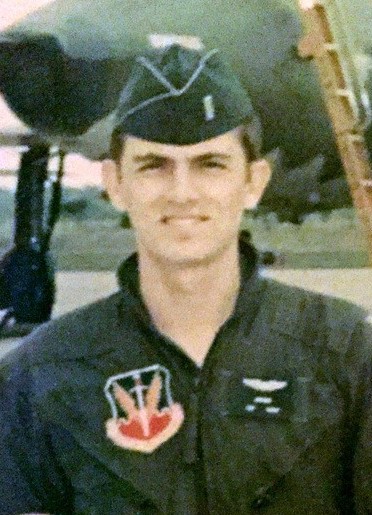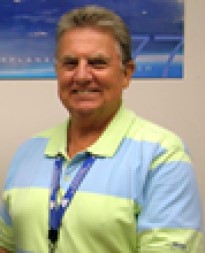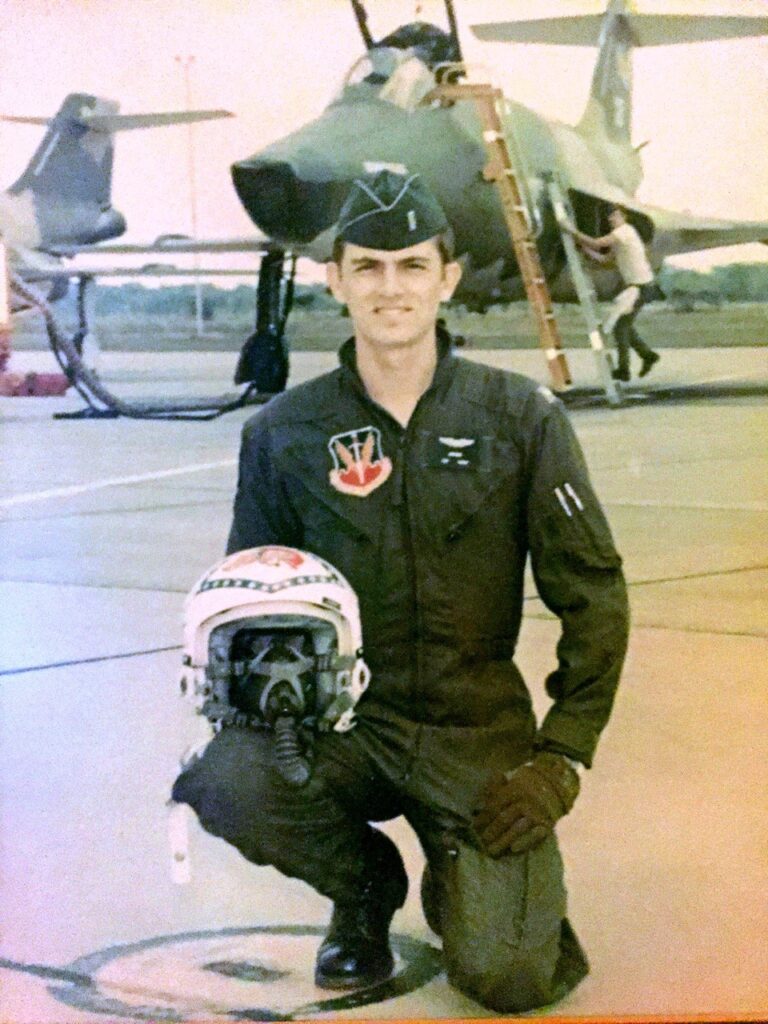“I have to start off by saying that I am truly blessed, having been allowed to live what would otherwise be called a true bucket list. I have been married to my Honey, Kaye, ever since that day in June, 1968, at the Base Chapel at “Willie”, Williams AFB, AZ, where I was going through USAF Pilot Training. I received my Wings when I was 22. Later on we had three precious children, Bill, Chris and Julie. It seems like just a few days later they became adults. Now our Julie and her husband Jeremy have a precious little girl, our Granddaughter, Mila Rose, and a precious little boy, our Grandson, Jack Ryan.
I have spent years working as an Electrical Engineer and a Registered Professional Engineer, and Chair of the NCSLI Airline and Aerospace Metrology Committee. However, I have always considered it such an honor and a privilege to be one of those who flew for the United States Air Force and the Air National Guard. It’s one thing that really defines me. I got to fly the T-37, T-38, T-33, RF-84F, F-101B, RF-101C (see photo), F-100F and the F-100D. And to think they even paid me to do it! Most thankfully, Jesus was always watching out for me, keeping my altitude above zero until there was runway below.
Like many others, the T-37 was my first introduction to jets. It was a small, good flying jet and the only jet in the Air Force inventory that one could intentionally spin. And spin it did! It would really wind up, and you had to man-handle it to recover. All of us pilots wanted to be known as a “smooth stick”, but that would just get you into an inverted spin in the T-37.
The T-38 was a beautiful aircraft, and it responded very quickly to the throttles and controls. It was like a sports car in that regard. What a thrill it was to first solo the supersonic T-38!
In my assigned unit following flight training, we had a couple of T-33’s and a full complement of RF-84F’s. Among other things, the T-33’s were used by pilots new to the unit to get familiar with the local area flying procedures. The T-33 had direct mechanical controls with a hydraulic aileron boost. Therefore, the T-33 was capable of being dead-sticked. The straight wing really helped in this regard. There were prescribed procedures for dead-stick landings, and we practiced those while building up time in the aircraft. It was great fun to be about 30 miles out, pulling the engine back to idle, never touching the throttle again and trying to make the runway. That was a good exercise in energy management, and I got really good at that. However, nothing I was to fly thereafter could be dead-sticked.
The RF-84F was a single-seat reconnaissance jet. It was the first jet to be built from the ground up as a reconnaissance jet as opposed to a modified something else. There were no simulators for it and no two-seat versions, so the first flight was solo! For obvious reasons, what a thrill it was to first solo the RF-84F!
Later on our unit was assigned single-seat RF-101C’s to replace the RF-84F’s. We were also given two F-101B two-seaters (interceptor version) for checkout and training. The Voodoos were BIG (see photo) with twin-engines and afterburners, and they had an initial climb rate of 45,500 ft/min. My flight suit arm patch read “Voodoo One-Oh-Wonder”. The mechanics wore a patch that read “Voodoo Medicine Man”. My first takeoff in the F-101B was thrilling. At about 3 miles past the runway my instructor from the rear seat said “Give me 50 degrees of pitch because you’re at 0.95 Mach!” I knew then that this was going to be a fun aircraft!
Our unit was later changed from Tactical Reconnaissance to Tactical Fighter and we were given a full complement of F-100D single-seaters and two F-100F two-seaters (all affectionately known as “Huns”). The first time I ever saw the Thunderbirds I was a young boy at my home town airport with my Mom and Dad, standing directly across from and in front of six F-100’s with their beautiful red-white-and-blue paint scheme, and the smell of jet fuel as they cranked up in unison. My big Brother was in the Air Force already, in the photo lab at Edwards AFB, so I was definitely hooked. It would have been thrilling to know then that I would someday get to pilot F-100D’s myself. All of us pilots in our unit were sent out West for F-100 Ground School. The first thing they did was show us a film of the “Sabre Dance” involving adverse yaw, and they had our undivided attention thereafter. If you haven’t flown an F-100, you might find it interesting to know that it is a rudder-only aircraft in the traffic pattern. No ailerons were used in slow-speed, high-angle-of-attack situations if you knew what was good for you (refer to “Sabre Dance”)! I learned to fly the Hun partly from a North American Tech Rep, and I have been in total control of the Hun from supersonic speeds down to and including 90 knots indicated including turns in level flight, which was about 50 knots below landing speed! It’s also interesting to note that the F-100D’s we flew actually utilized F-102 afterburners which were more reliable, especially when operated under increased G-loads. Everyone who has flown the Hun respects adverse yaw but loves the aircraft, and I am proud to be counted among them.
I am especially proud of the fact that I had the privilege of flying two of the Century-Series aircraft, the RF-101C and the “Hun”, the F-100D. I have many fond and exciting memories of flying, and that now allows me to go flying whenever I want, at night, in my mind.



